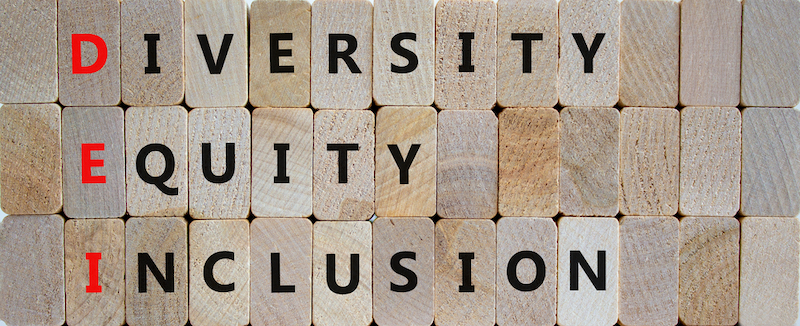Paulette Chaffee Offers a Practical Guide to Equity in the Classroom
Content provided by legal writers
Creating equity in education today can feel like a game of tug-a-war when the education system in the United States often pulls towards reinforcing the same inequalities it was built to overcome. However, Paulette Chaffee, a teacher, community leader, and advocate of children and high-quality education, states that the opportunity to flip the script in the classroom to promote equity lies in the hands of educators.
Teachers have a chance to make a positive and proactive difference where it matters in their classrooms. Here, Ms. Chaffee provides a guide for educators on creating an equitable environment where every child has a chance to succeed.
The Basics: Understanding Equity in Education
Equity in education is a process that supports academic inclusion and fairness through the reformation of educational policies, procedures, and practices in the classroom and at the district level. For teachers, implementing equity ensures that every student has the tools, resources, and support available to provide their ability to succeed.
Equity and equality are often mistaken for the same meaning when the two terms differ. Equality is defined as every student provided with the same, or equal, opportunities. Equity is uplifting disadvantaged students by supplying specific support and resources that bring them to the same level as the rest of their classmates. Further understanding of every student’s background and unique challenges is necessary to provide what is needed to overcome individual learning barriers.
Start Creating Equity with Two Steps
When teachers feel overwhelmed about creating equity in the classroom, two steps serve as a simple starting platform. Step one is acknowledging that some students come to school needing more social, emotional, and academic support than others. Following this step heightens a teacher’s awareness of which students might need more help in specific areas. The second step is to make then high-quality education accessible to all students.
Knowing these steps opens the door to developing specific actions and strategies to help address steps one and two findings. Educators should also know that even the slightest changes in the classroom towards equity can make tremendous impacts and positive differences for students.
Check Out Schools Who Are Transforming to Equity
Another great resource when focusing on equity in the classroom is other schools already successfully doing it. For example, in California, Anaheim Union High School District (AUHSD) created a new educational framework to infuse equity in education. Schools in this district are focusing on three specific areas: twenty-first-century skills, technical skills, and student voice and purpose development.
Get Connected and Learn Equity with Other Educators
Teachers do not have to struggle alone to promote equity in their classrooms. It is vital to connect with other educators through learning opportunities to execute equity in education. For example, Chaffee says that her state, California, has many different events where teachers can learn about equity together. These conferences include the CSBA (California School Boards Association) Annual Education Conference and Trade Show and CLSBA (California Latino School Boards Association) Unity Summit.
About Paulette Chaffee
Paulette Chaffee is a teacher, speech therapist, and attorney deeply involved in the Fullerton community. As an educator and member of various non-profit boards, her focus has always been on providing children with the highest quality education. Ms. Chaffee holds bachelor’s and master’s degrees from the University of Redlands, a California Lifetime Teaching Credential, and is admitted to the California Bar.
This content is provided by an independent source for informational purposes only and does not contain legal advice. Consult an attorney or financial advisor when making decisions. This information is provided by legal writers and does not reflect the views or opinions of The Daily Sundial editorial staff.





